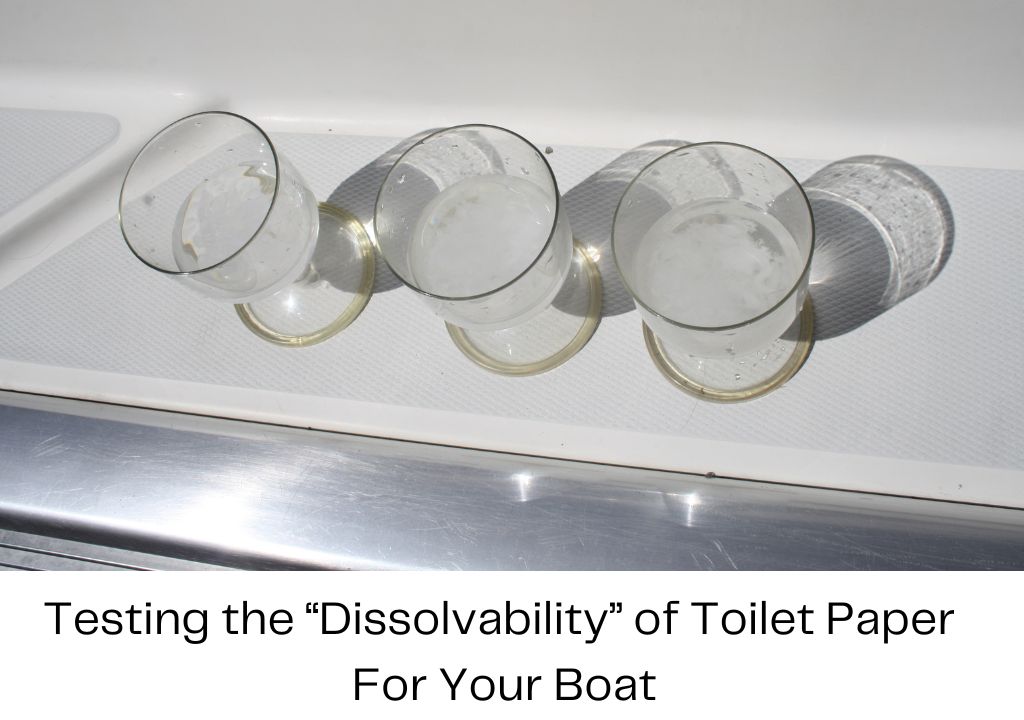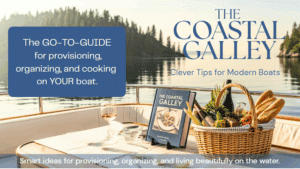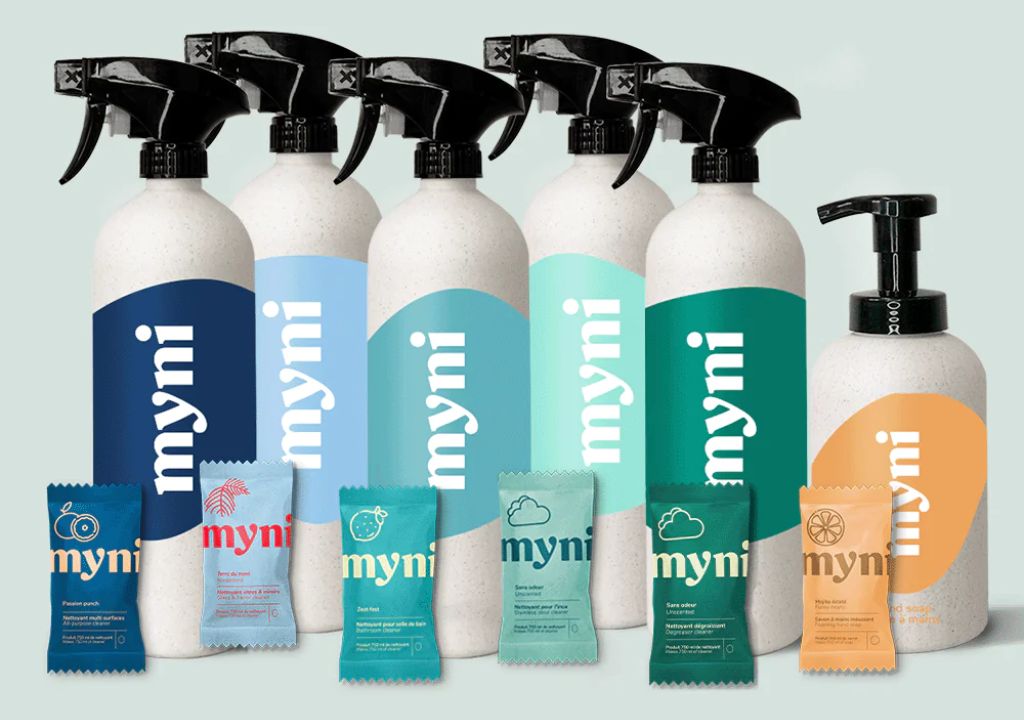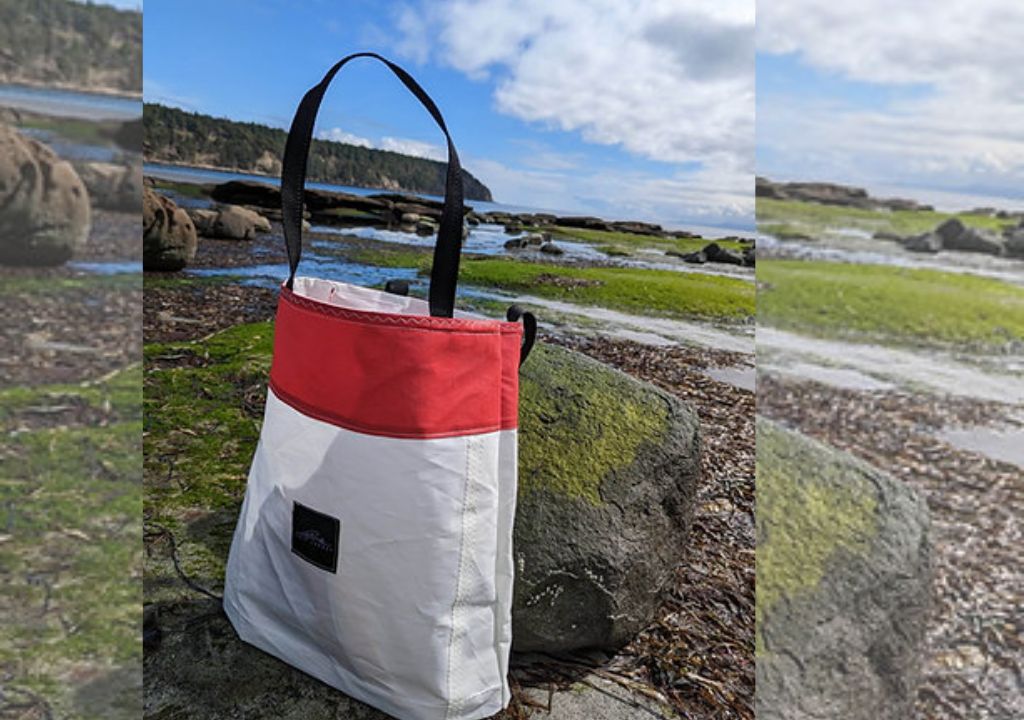The other day, I was walking down the dock and saw a woman with a Ziploc bag full of toilet paper (not on the roll, if you get my drift). I was curious and asked, to which she replied, “We do not put any toilet paper in our head.” I had not heard of this practice before, so my initial response was surprise. She explained that there were four adults onboard, which meant that they would have to untie or pull anchor every couple of days to empty the head. Without putting toilet paper in the head, they could almost triple that. I could see the argument, but wondered if this process just created more garbage aboard. That aside, it got me thinking if toilet paper really does take up that much room in a holding tank. If it does, which is the best toilet paper for boaters?
As with most potentially lifestyle-altering decisions, I poured a libation and set off down the dock to find my friends and get to the bottom of this. I explained what I had just witnessed, and the group was quite shocked, except for one woman, who I had been boating with forever. “Same here, no TP in the head,” she countered. How did I miss this? She started to explain that they originally used a marine-specific, one-ply toilet paper but found that it was far too thin. The crew voted and preferred to use regular land-based toilet paper, which filled the head very quickly, so they opted not to flush. However, they kept the one-ply onboard for guests, which made me laugh. Also, it’s good to know.
According to a study by Charmin toilet paper company, the average consumer uses 8.6 sheets per trip to the washroom; that’s a total of 57 sheets per day, with a typical roll lasting five days. Nowadays, pretty much all toilet papers break down well in septic systems. However, thinner is better. A one-ply toilet paper will break down much easier and is best in recreational vehicles and boats. It isn’t as soft or thick as household toilet paper, but it is much friendlier to your holding tank. Also, specially called biodegradable toilet paper dissolves faster and requires less water than standard toilet paper. Remember that in addition to the head itself, your system may have a macerator on the pump, which empties the holding tank. It is important to use toilet paper that dissolves quickly so it doesn’t form clumps, clog the system, and block efforts to empty the holding tank.
All these claims and theories called for some scientific data. I asked the group what brand they use and chose three different ones to test: Dometic SeaLand one-ply rapid dissolving, Majesta Soft E-Z fl ush, and Purex Premium toilet paper. It was time for a rolldown. We lined up three clear glasses filled with water and dropped two sheets of each brand in its own glass. With a quick swirl, we could see that all three were starting to dissolve. We waited. After 20 minutes, we could see that all three brands had done a pretty good job of breaking down. However, we decided to lift out the blob and see if it was really dissolved. Immediately, we noticed that the SeaLand weighed twice as much as the other two and seemed to take up more space. Very interesting.
There is a quick and easy trick to figure out if your favourite brand of toilet paper is marine-friendly:
* Take an empty glass or jar
* Fill at least three-quarters full with water
* Put in two sheets of toilet paper
* Stir or shake vigorously for 30 seconds
If it is shredded or beginning to dissolve, you know it is safe for your marine system. You can also leave the TP in the jar overnight and see if it has dissolved. For an example of a non-marine-friendly paper, try this same test with a Kleenex. It remains intact and looks like one mushy glob just waiting to clog your marine head!

Now that we had established the dissolvability and macerator-friendly qualities, it was time to look at what we were actually putting in the pump-out tank or flushing in the ocean. I was shocked to find that some of the best-selling toilet paper and paper towels are not made using sustainable processes. Also, many contain toxic dyes, bleach, and perfume. Not good. Sustainable process products that use recycled components avoid harmful bleaching processes or engage in more sensible practices include Seventh Generation, 365 by Whole Foods, Who Gives A Crap (love the name), Trader Joe’s regular toilet paper (US), Earth First, and Cashmere/Purex EnviroCare. Seventh Generation is made from 100% recycled paper with no added dyes, inks or fragrances. Another option is Caboo toilet paper, which is made from bamboo and sugarcane.
Products that rely on forest fibre and have a much larger carbon footprint include Kirkland, Charmin Ultra, and Quilted Northern. For a one-time-use product, it seems ridiculous to me that we should be cutting down trees only to flush them down the toilet.
When I stopped that woman on the dock, I had no idea what I was about to learn. That is the beauty of the curious mind. Sometimes, I buy products based on price or in bulk at Costco, but that is about to change. I am going to pay immediate attention every time I buy toilet paper for both my boat and my house. As Maya Angelou says, “When you know better, do better.”
Greenpeace lists the best toilet paper for the environment. Many of them, including Seventh Generation and April Soft, are one-ply, 100 percent recycled versions that are septic-safe. For more environmental ratings on toilet paper, check the Natural Resources Defense Council ratings.







